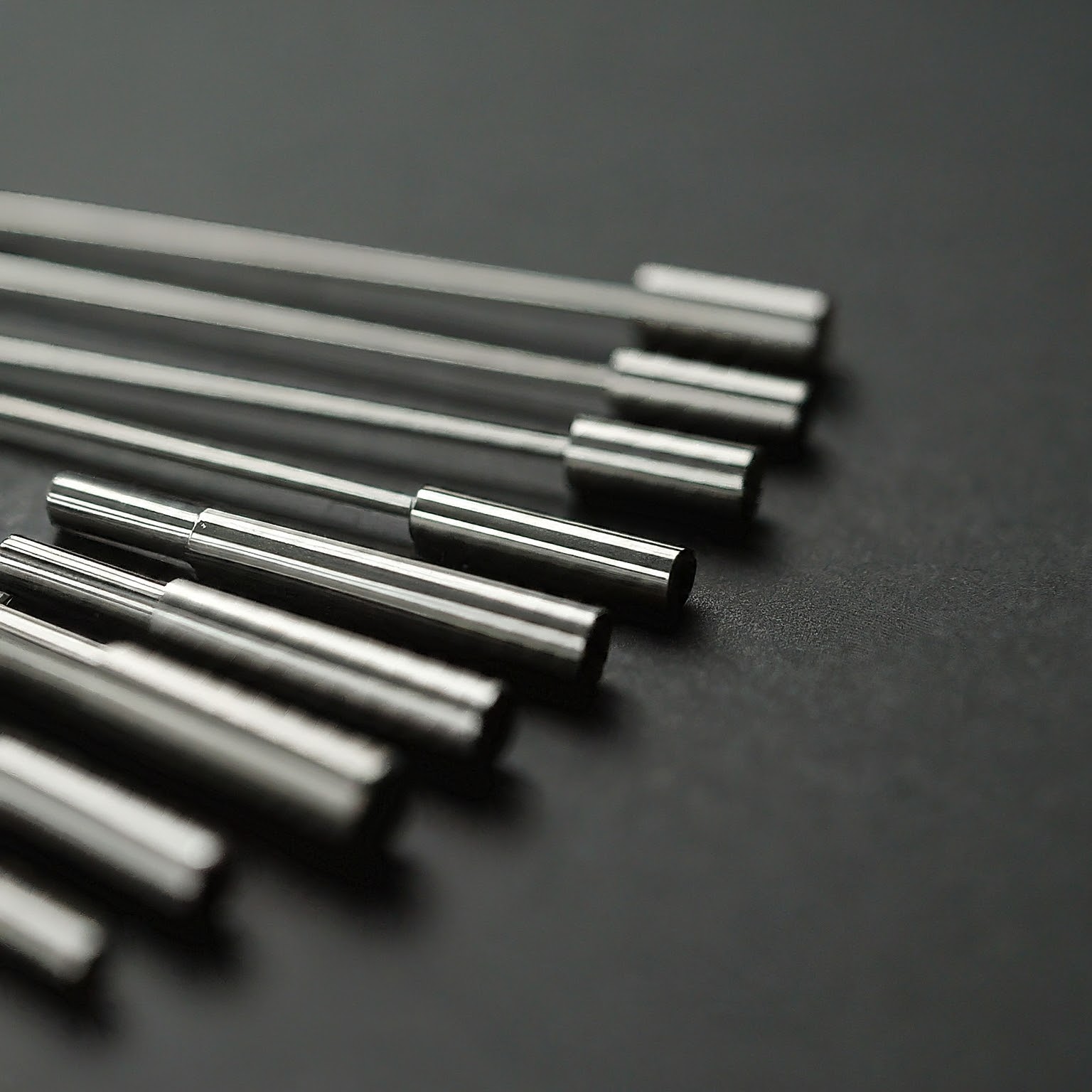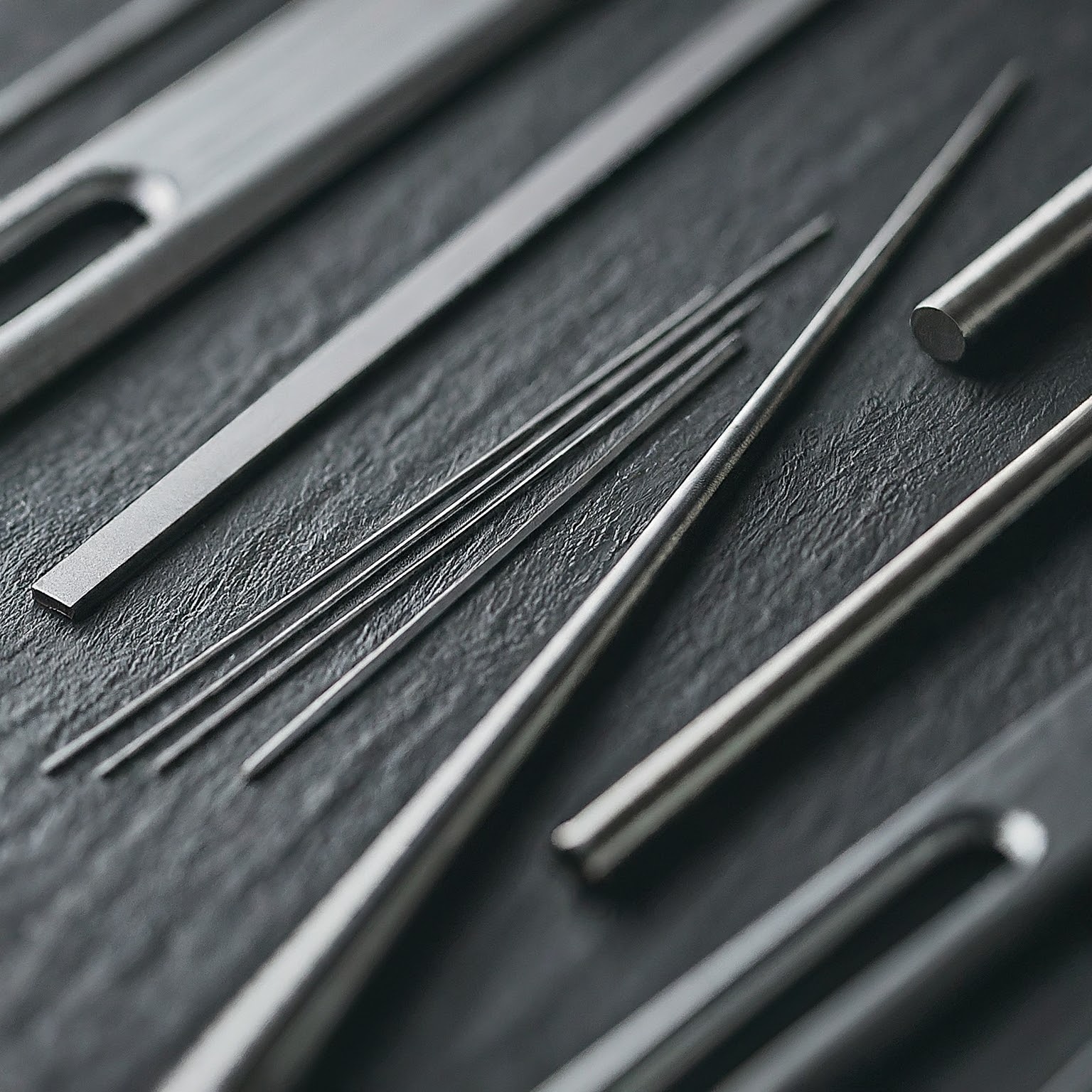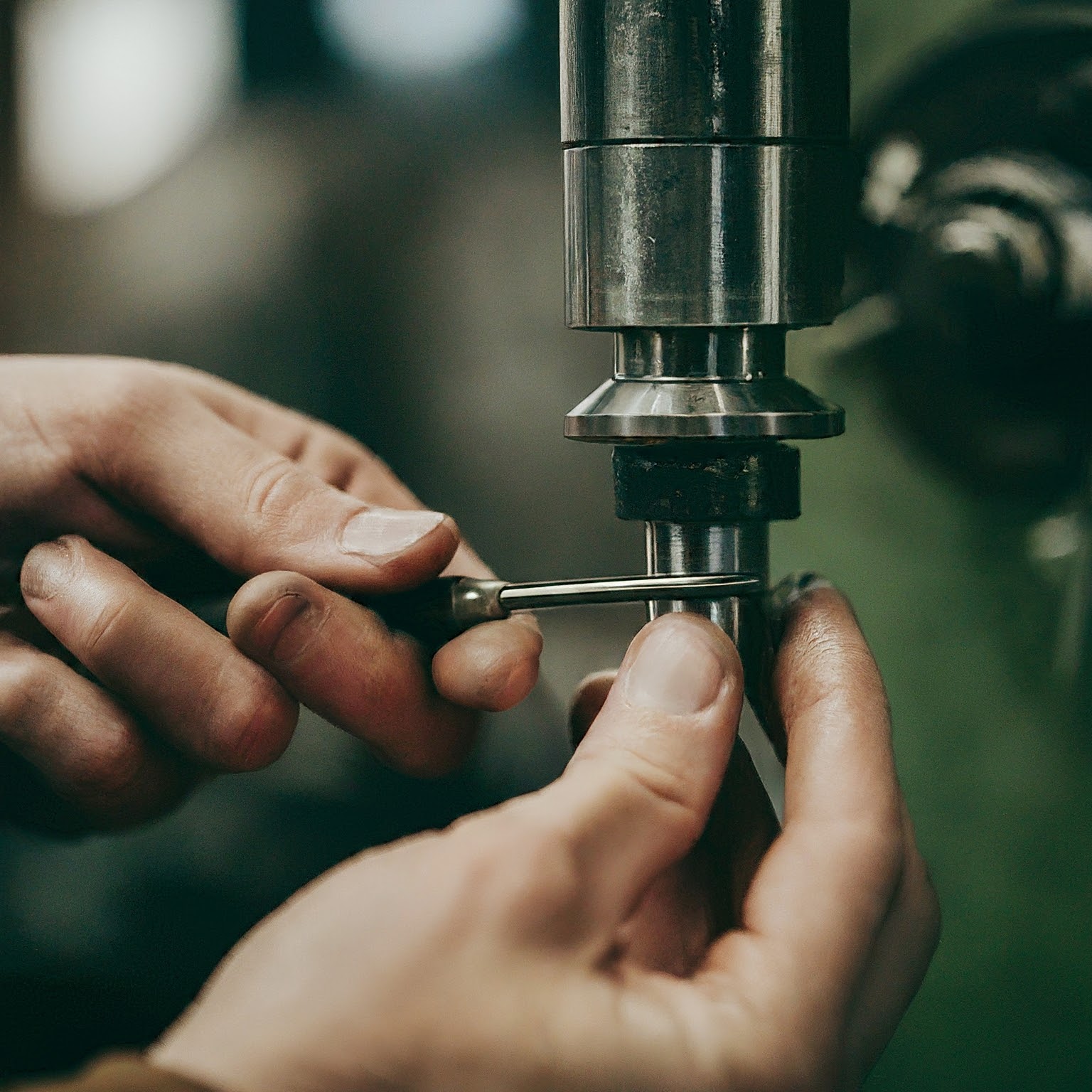
Shims are thin, flat pieces of material used to fill gaps or create a level surface between two objects. They are typically made from metal, but can also be made from plastic, rubber, or other materials.
They might seem simple, but SS Shim manufacturers play a crucial role in ensuring optimal performance and longevity of Shims in various industries.Shims are used in a wide variety of applications, from automotive and aerospace to construction and manufacturing.

You might wonder why you would need something as seemingly small as a shim. Well, shims serve several vital purposes:
There's a shim for every situation. Let's explore the different types available:
Stainless steel shims are a popular choice because they don't rust easily and are very strong. This makes them ideal for places that get wet or for jobs that require a lot of force. They are good for hot places too. Here are some specific benefits of using stainless steel shims:
Brass Shims Sheet are good against rust and can conduct electricity. This makes them useful in many situations. They can be used in places with a lot of water or chemicals, like near the ocean. They also work well in electrical parts because they can carry electricity. Brass Shims Sheet are soft and bendable, so they can fit on uneven surfaces and create a tight seal. This is helpful when you need things to fit together exactly.
Precut shims are a variation of wedge shims, coming in various standard thicknesses and sizes, saving you time and effort in cutting your own. They're ideal for quick and easy adjustments.
Bimetallic-washers are a special type of shim washer composed of two bonded metals with different thermal expansion coefficients. This unique construction allows them to compensate for changes in temperature, ensuring a consistent level of tightness or clearance between components. Bimetallic-washers are often used in applications exposed to fluctuating temperatures, such as engines, exhaust systems, and piping connections.
Shim washers are flat, ring-shaped shims that provide spacing and alignment between components. They are often used in conjunction with fasteners like bolts and nuts. Shim washers are available in a variety of thicknesses and materials, making them a versatile solution for various applications shim washer manufacturers offer a wide selection of shim washers to suit your specific needs.

Shims are incredibly versatile and find applications across various industries:
From engine components to suspension systems, shims play a crucial role in ensuring vehicle performance and safety.
In this high-precision industry, shims are essential for maintaining aircraft components' alignment and integrity.
Shims are used in construction to level surfaces, install doors and windows, and create precise alignments.
You'll find shims in machinery, electronics, and even medical equipment, wherever precision and alignment are critical.
Selecting the perfect shim depends on several factors:.

Understanding their different types such as Precut shims, bimetallic-washers, brass Shims Sheet, and stainless steel shims, empowers you to make informed decisions when selecting the right shim for your project. By carefully considering factors like material, thickness, and shape, you can optimize your equipment's performance and longevity.



